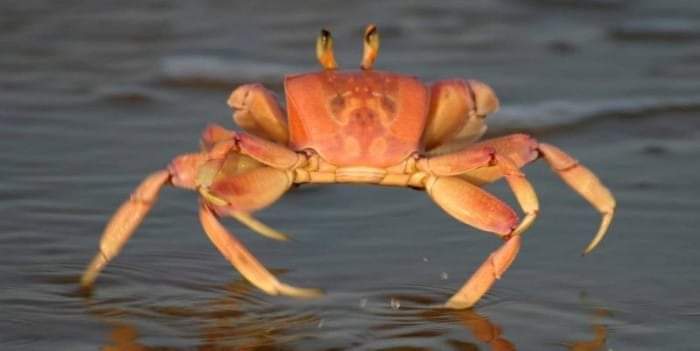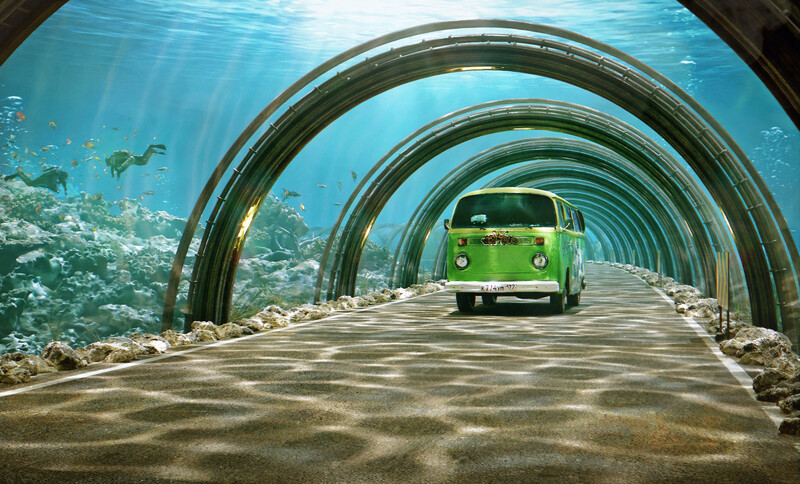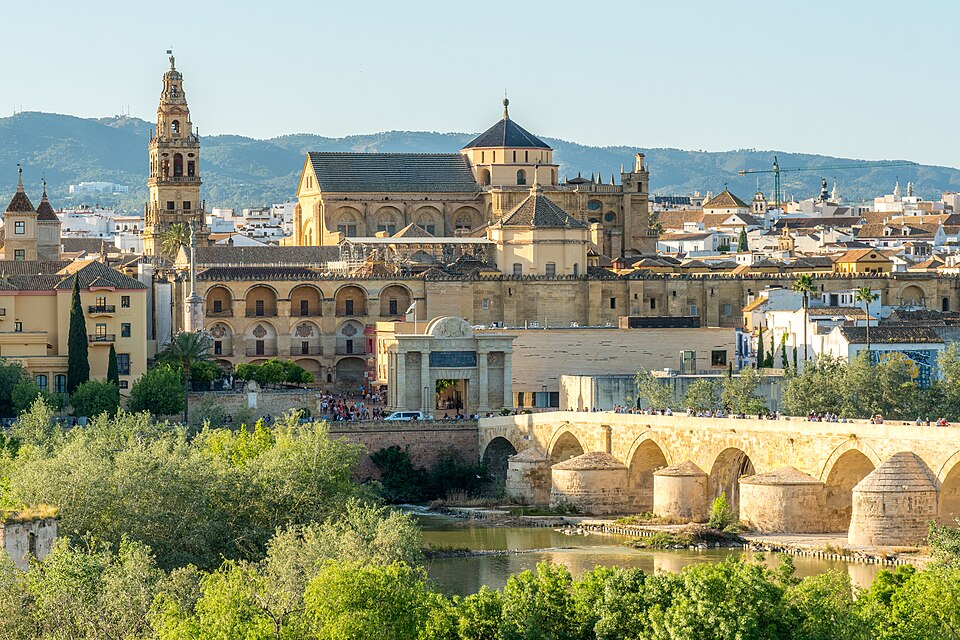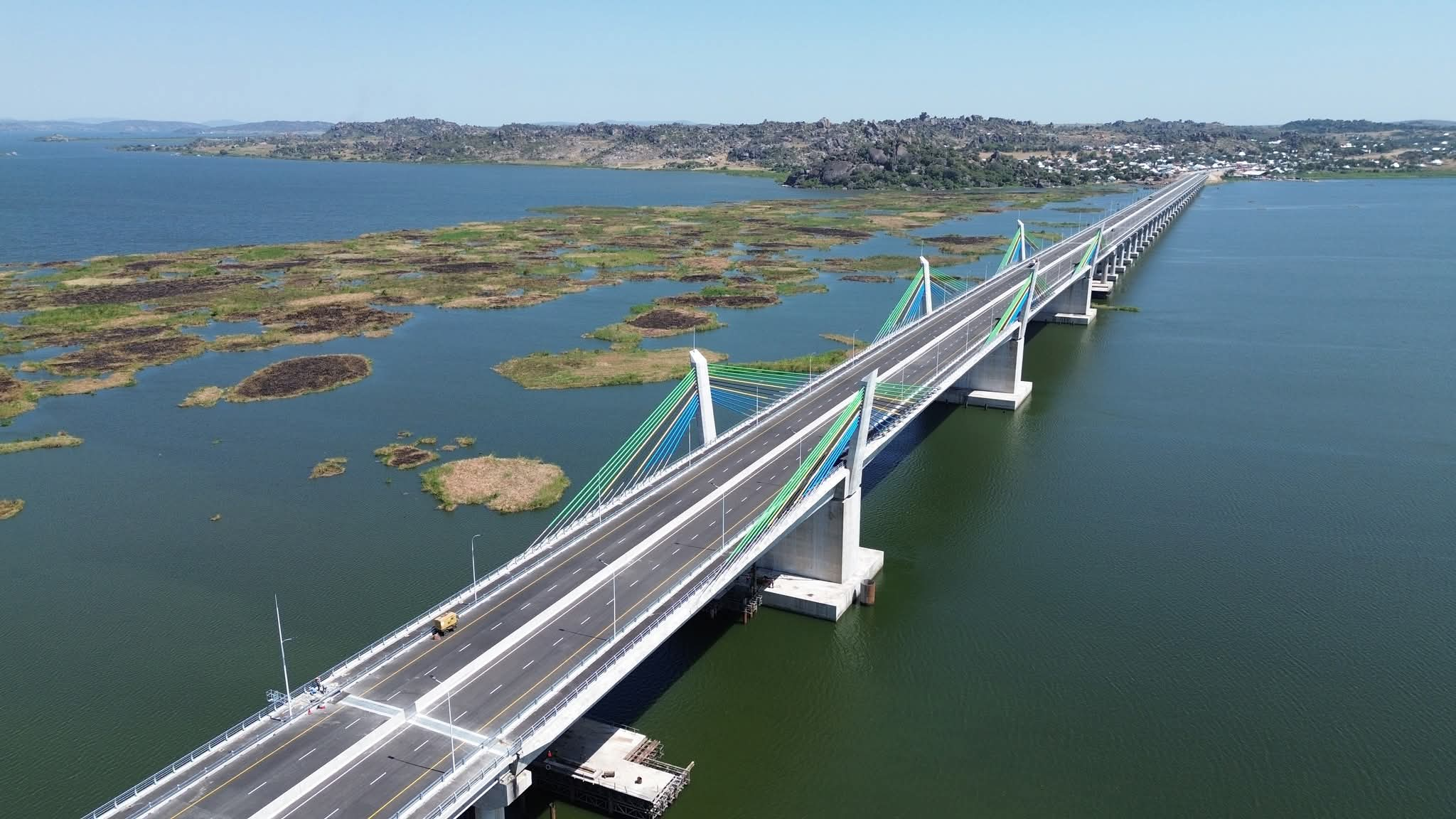CRUSTACEAN: Interesting Facts About Crabs

Did you know that a group of crabs are referred to as casts and that a crabs teeth are in its stomach?
Crabs are decapod crustaceans that belong to the infraorder Brachyura. Their bodies are wide and their eyes are held by eyestalks. Their tails and antennae are small and are almost unnoticeable. They have a pair of chelae, or claws, and uneven legs which they use to walk sideways. Male crabs generally have larger chelae and a narrow pleon, or abdomen, while female crabs have smaller claws and a round abdomen where they store their eggs. Crabs can be as small as a few millimeters and can be as large as 13 feet. Here are some more facts you need to know:
1. All animals and creatures have a name for when they’re in a group; for the crab, this is called a cast. Normally you won’t see casts of crabs hanging out together; they are more solitary. They are most likely to form a cast during breeding times and when they’re packed in a cooler on the way to your crab fest.
2. Have you ever noticed that crabs have ten legs, including their big claws, this is because crabs are decapods. Other decapods include the lobster and shrimp.
3. Blue crabs have an interesting mating habit; they’ll only mate once for life! They hold on to the semen they collect from the male crabs for their entire reproductive lifespan, and every set of eggs they produce will be from that same clutch.
4. The Latin name of the blue crab has a unique meaning. Callinectes Sapid can be translated to mean beautiful, savory swimmer, which we think is more than apt!
5. Knowing how to tell the gender of a crab is important while fishing. Females have a wide apron that some say resembles the capital building in shape; others refer to it as a triangle. Meanwhile, males have a narrow marking that looks more like the Washington monument.
6. Why do blue crabs turn red when cooked? The blue color of crabs comes from a pigment found in their shells when cooked, their color breaks down, leaving an orangish shade behind.
7. Most of the animal kingdom thinks crabs are just as tasty as we do. Some of their many predators include eels, bass, trout, and even stingray. Other fish and animals will eat them when they have the chance too.
8. There are around 5,000 types of known crabs living right now, and there’s a chance that there are even more we have yet to discover. While we only eat a few types, we’re sure you can probably think of quite a few without looking them up.
9. Over a fifth of all seafood consumed worldwide is made up of crabs. While blue crabs are widely popular on the east coast, a significant portion includes snow crab and king crab.
10. Crabs make for an excellent pizza topping! Along with being great for all kinds of food, like your traditional crab cakes and crab dip, crab is excellent on all sorts of things.
11. Crabs are found in almost all the oceanic waters of the world. They are omnivorous species and they predominantly feed on algae.
12. The lifespan of crabs is in the range of 8 to 13 years. Males have larger claws than female crabs. The females’ abdomen is wide and round compared to the slender abdomen of males.
13. Babies of crabs are called hatchlings. A crab’s teeth are in its stomach.
#penglobalfactfile


_1755775186.jpg)
